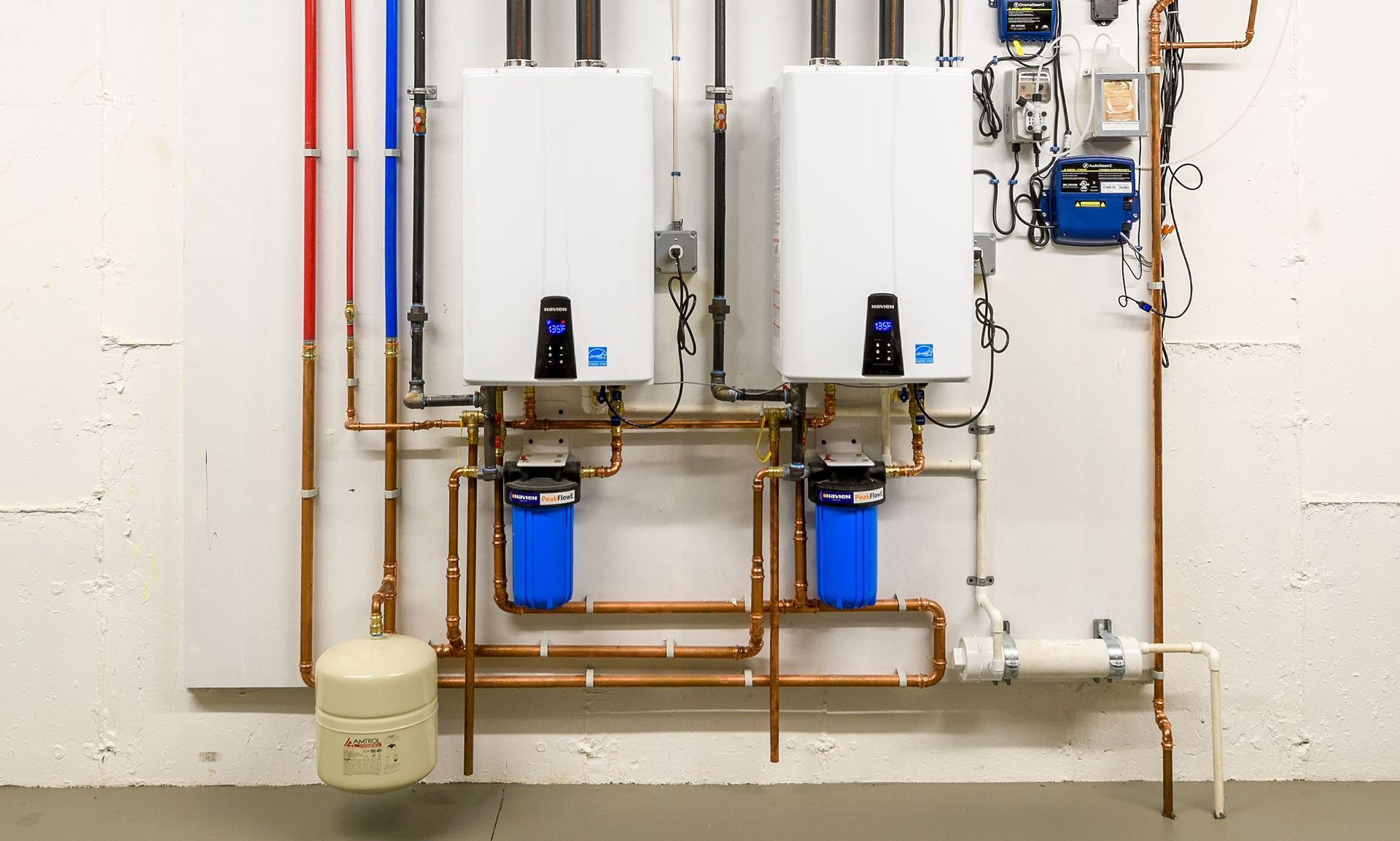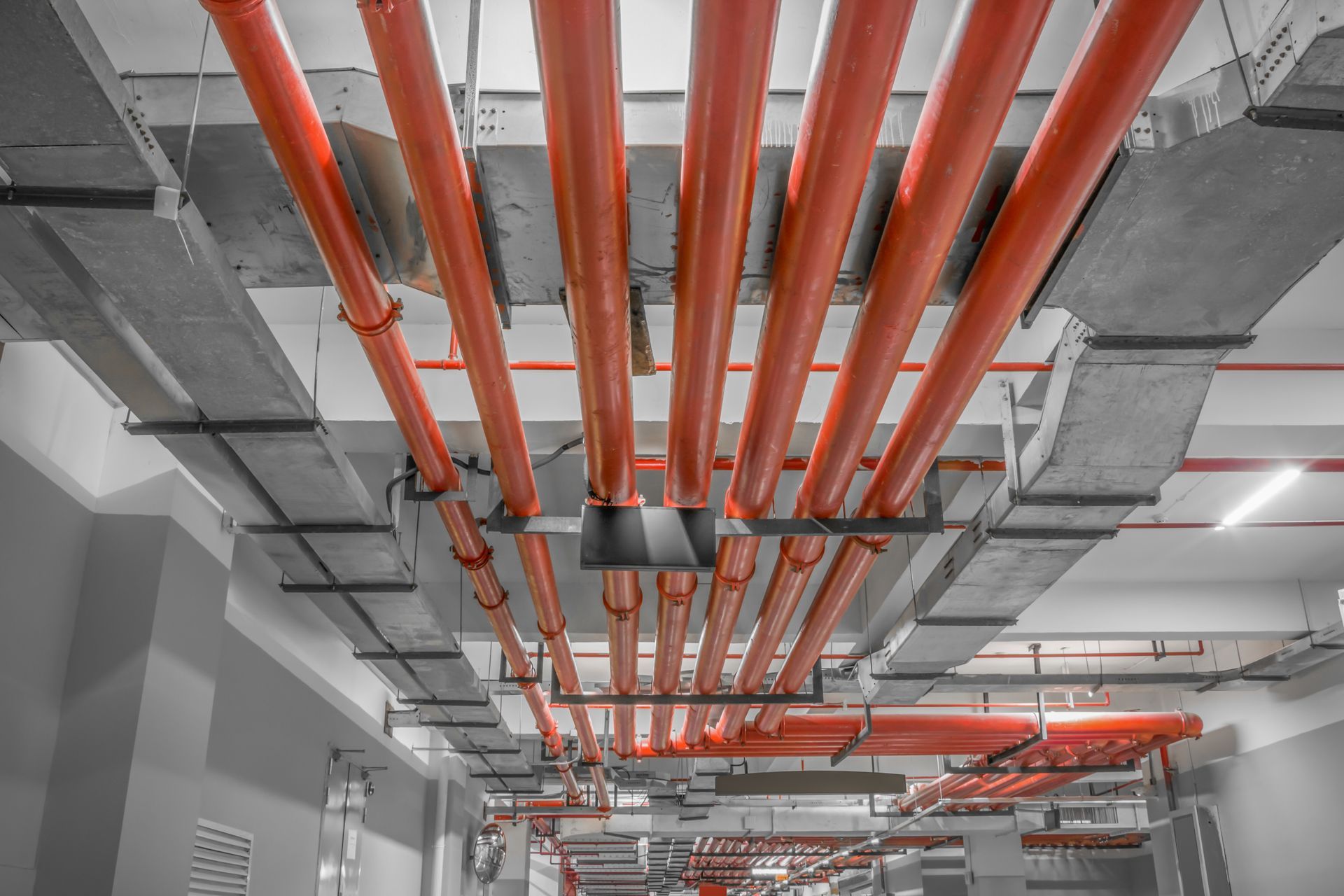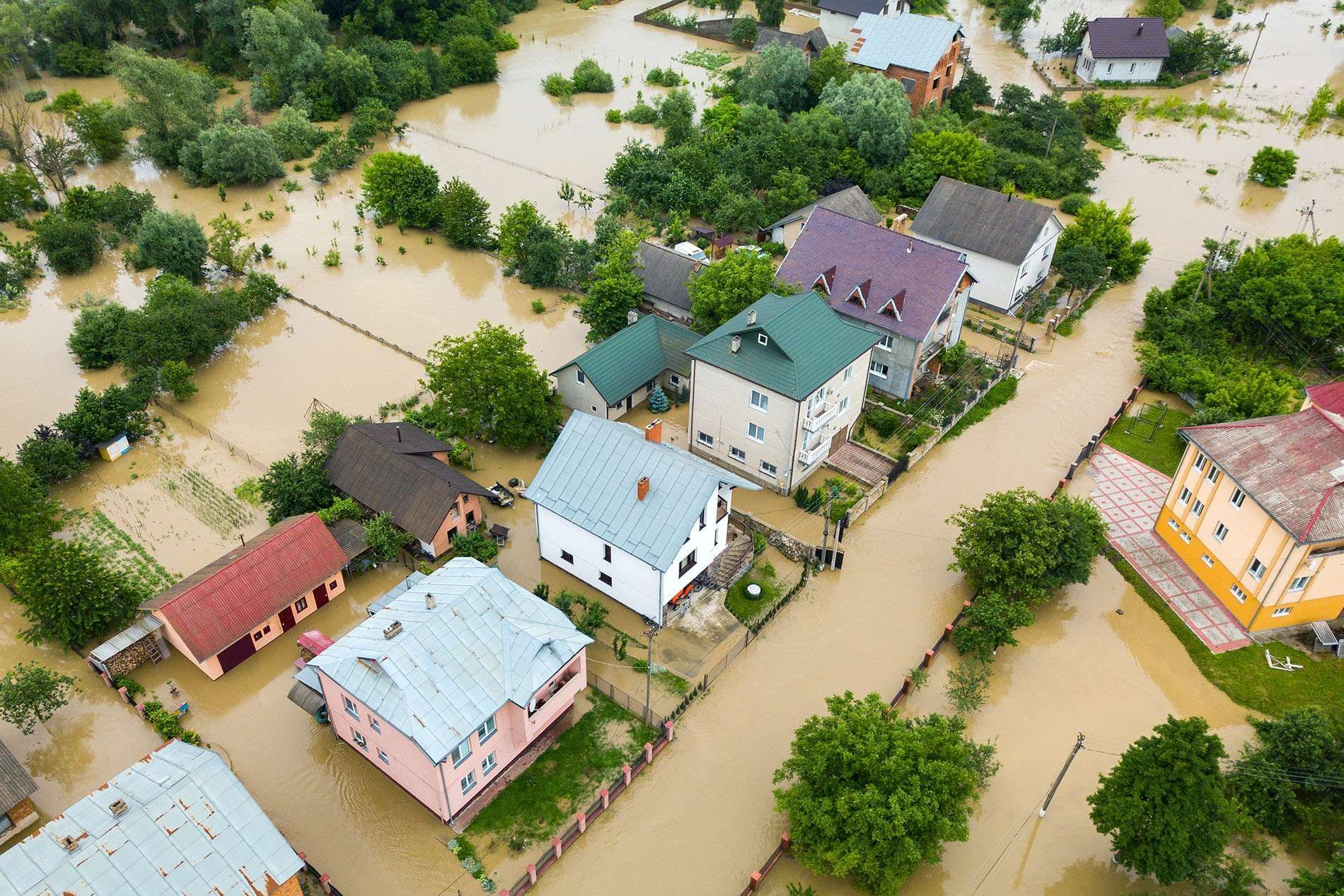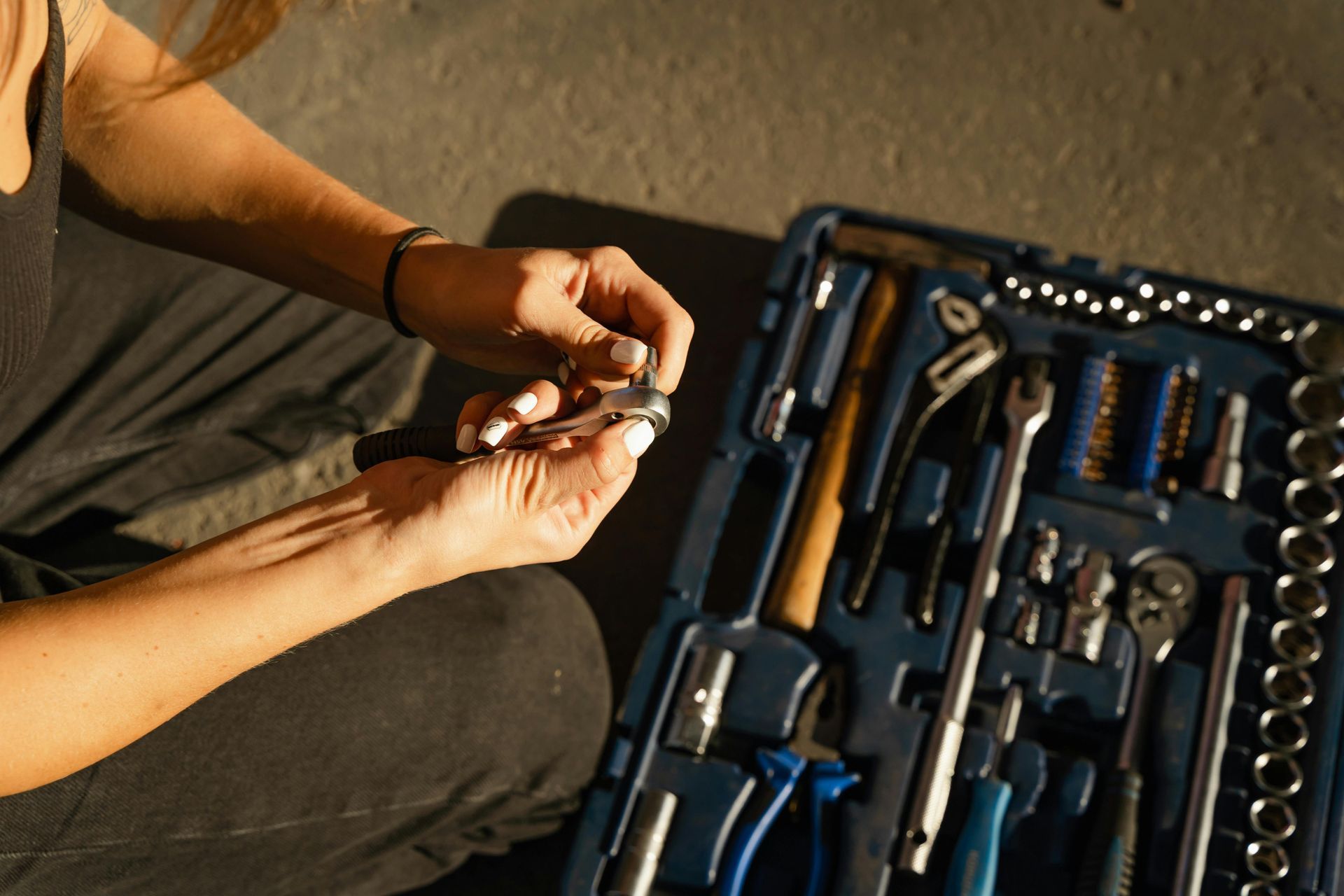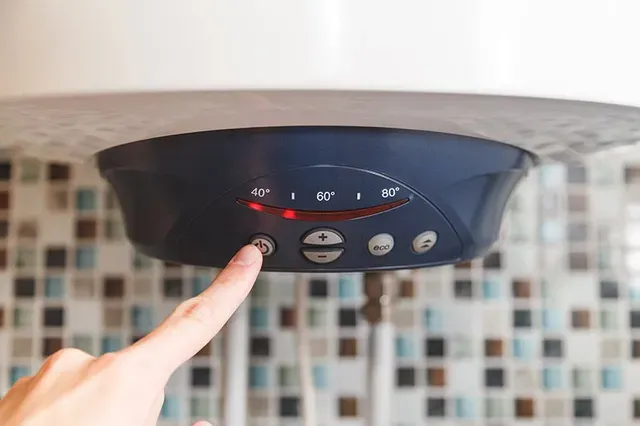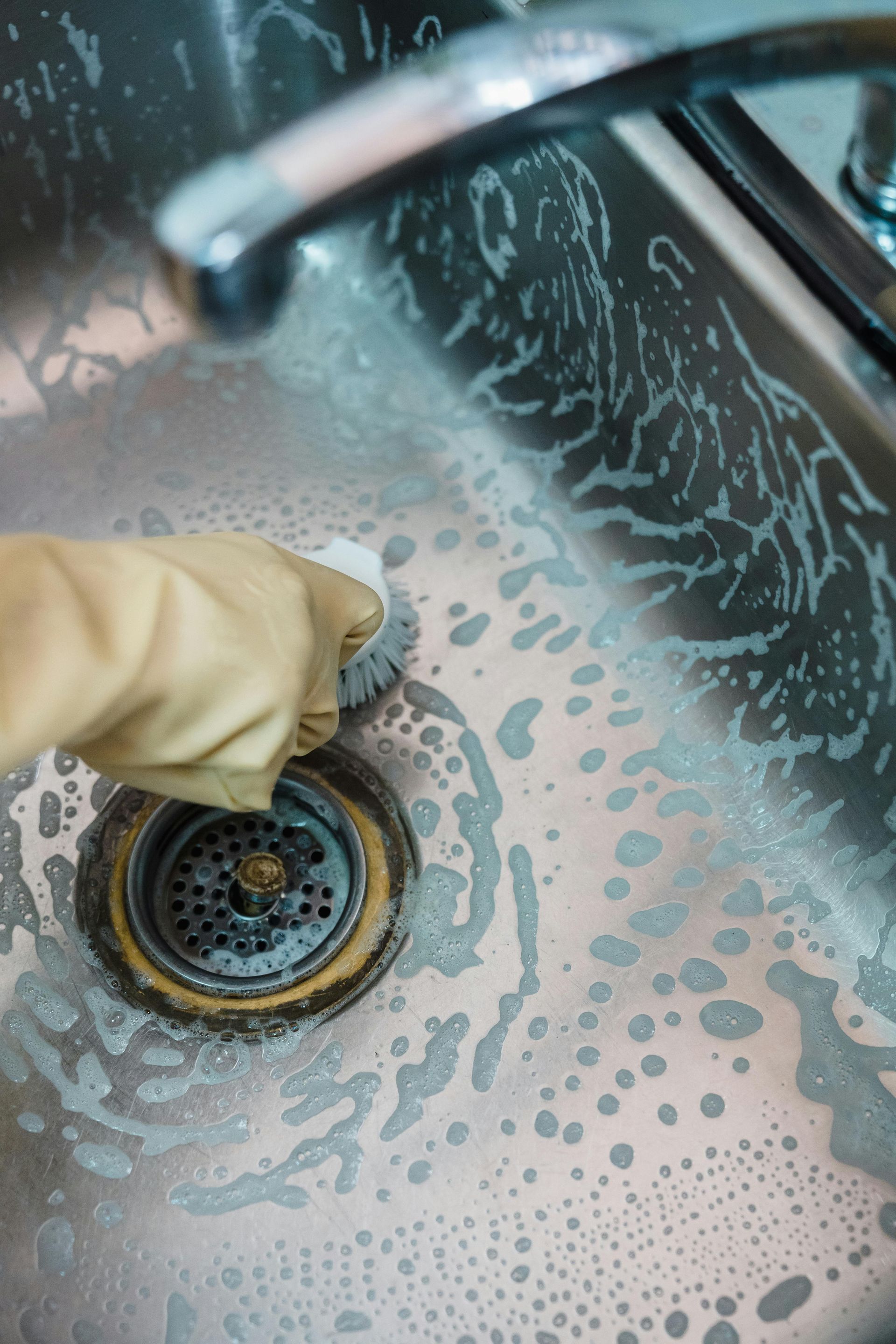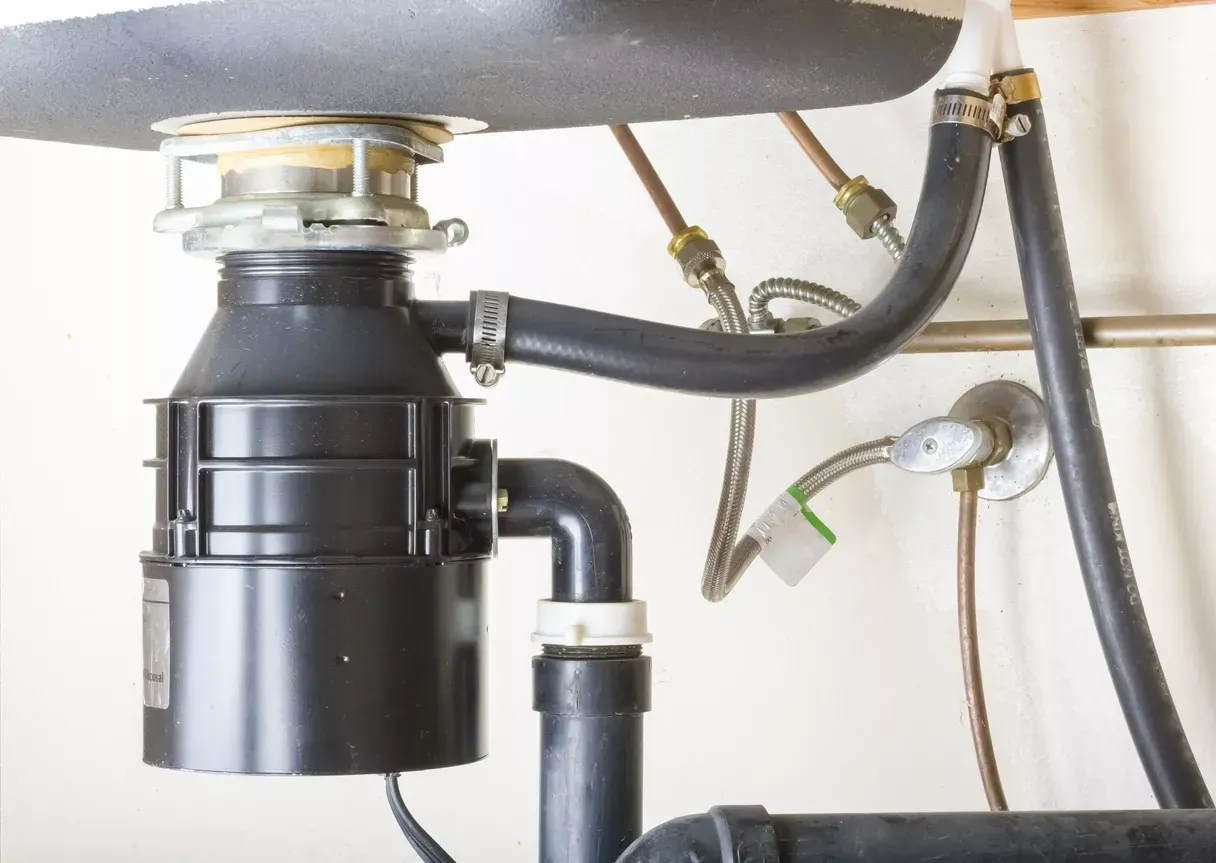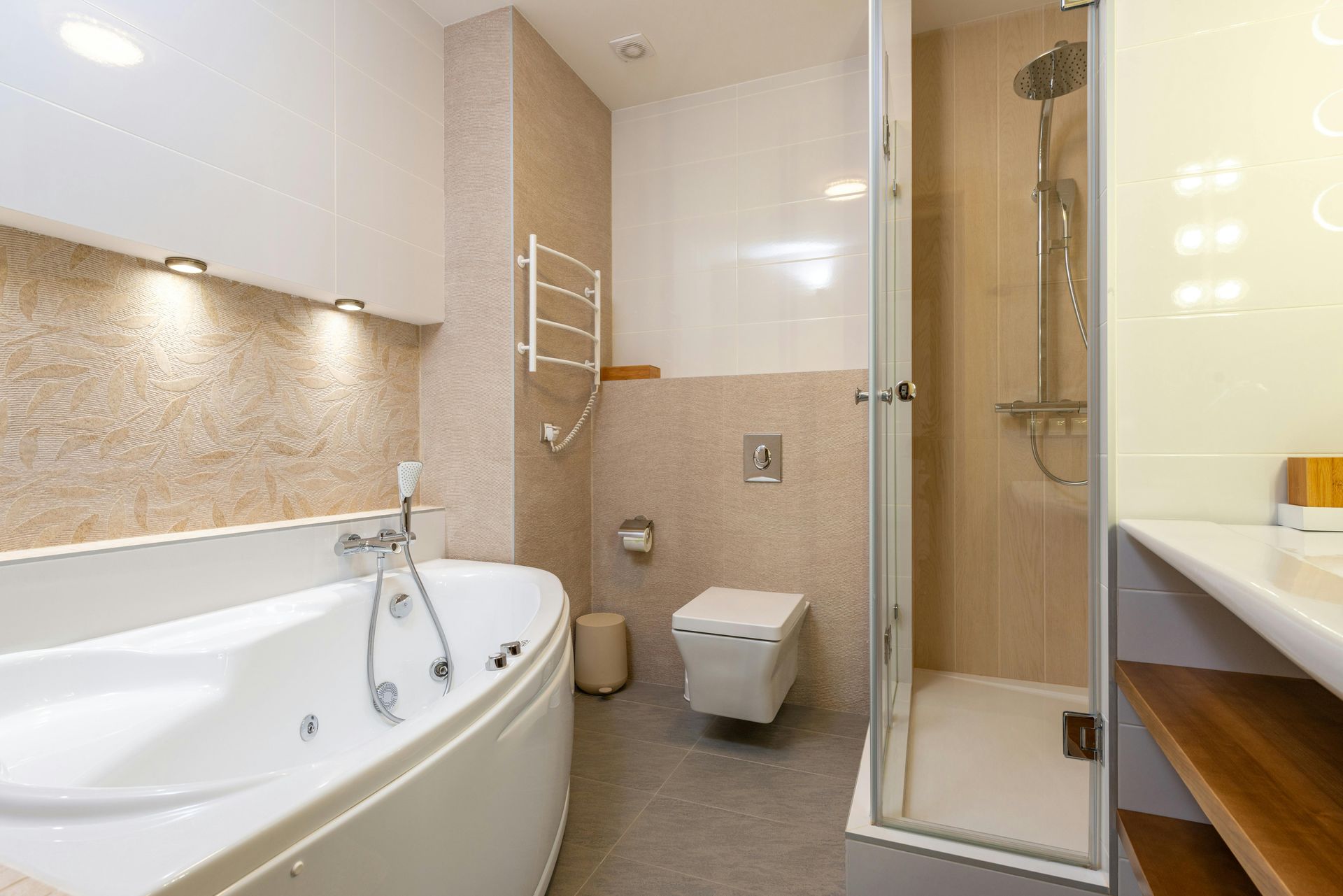When I Flush my Toilet it Fills up with Water?
Flushing the toilet should be a simple, uneventful task. Yet, nothing is more alarming than watching the water in your toilet bowl rise instead of draining away. Panic sets in as you wonder if it will overflow onto the floor. This situation is not just inconvenient—it’s a plumbing problem that demands immediate attention. Understanding why your toilet is filling up with water when you flush can help you resolve the issue quickly and prevent future occurrences. Let’s dive into the possible causes, step-by-step solutions, risks involved, and expert recommendations to keep your toilet functioning smoothly.
Why Is My Yard Smelling Like Sewage?
Common Causes of a Toilet Filling Up with Water
Several factors could be at play when your toilet fills up instead of draining. The most common culprit is a clog in the toilet trap or drainpipe. Over time, accumulated waste, toilet paper, or even foreign objects can block the flow of water, preventing proper flushing. If your toilet only experiences slow drainage occasionally, it might be a partial blockage, whereas a complete clog will stop the water from going down altogether.
Another possibility is a clog in the vent pipes, which are responsible for allowing air to enter the drainage system. When these pipes are blocked by debris, nests, or leaves, the toilet won’t have enough airflow to create the necessary suction for flushing. As a result, water remains in the bowl instead of being pulled down into the sewer line.
A more serious issue could be a problem in the main sewer line. If multiple drains in your home, such as sinks and showers, are also slow or backing up, a blockage in the main sewer line could be responsible. This could be due to tree roots growing into the pipes, a buildup of debris, or structural damage to the sewer system.
Step-by-Step Solutions to Fix the Problem
Try a Plunger First
The simplest and most immediate solution is to use a toilet plunger. A high-quality plunger with a flange creates a tight seal around the toilet drain, allowing you to force air and water through the clog. Firmly plunge up and down for about 20 to 30 seconds, then flush to see if the water drains properly. If the problem persists, move on to the next step.
Use a Toilet Auger
If plunging doesn’t work, a toilet auger (also known as a closet auger) may be necessary. This tool consists of a flexible cable with a rotating handle, designed to navigate bends in the toilet trap and break up stubborn clogs. Insert the auger into the drain, rotate the handle to work through the blockage, and then pull it out to remove debris. Flush the toilet to check if the water now drains correctly.
Inspect the Vent Pipes
If you suspect a vent pipe blockage, head to your roof and look for obstructions in the vent stack. Using a garden hose, flush water down the pipe to clear out debris. If this doesn’t resolve the issue, calling a professional plumber might be necessary, as the blockage could be deeper within the system.
Check the Sewer Line
When multiple fixtures in your home are backing up, the problem likely extends beyond your toilet. A main sewer line clog requires more than a simple DIY fix. You may need a professional plumbing inspection using a camera to locate the blockage. Hydro jetting, a technique that uses high-pressure water to clear sewer lines, may be required to remove the obstruction.
Risks of Ignoring the Problem
Ignoring a toilet that continually fills up with water can lead to major plumbing disasters. First and foremost, there is the risk of overflow, which can result in significant water damage to your bathroom floor, baseboards, and nearby structures. In addition, standing water in the toilet bowl can encourage bacteria and mold growth, creating an unsanitary environment.
A blocked toilet may also indicate a deeper plumbing issue, such as a damaged sewer line. If left unaddressed, sewer backups can lead to foul odors, raw sewage leakage, and costly repairs. Furthermore, continued use of a partially clogged toilet can strain your pipes, increasing the likelihood of cracks or leaks forming in the plumbing system.
Preventive Measures to Avoid Future Clogs
Be Mindful of What You Flush
One of the easiest ways to prevent toilet clogs is to be cautious about what goes down the drain. Stick to flushing only toilet paper and human waste—avoid disposing of wipes, paper towels, feminine hygiene products, or other non-biodegradable materials.
Regularly Clean Your Toilet and Drains
Routine toilet maintenance can help prevent buildup. Flushing your toilet with hot water and a mild cleaning solution once a month can help break down residue and prevent minor blockages from forming.
Install a Drain Guard
For homes with children, installing a drain guard can prevent accidental flushing of toys or small objects, which are common causes of stubborn clogs.
Schedule Annual Plumbing Inspections
Professional plumbers can identify potential plumbing issues before they become serious. Having your sewer lines inspected and cleaned annually can prevent tree root intrusion and buildup in your main drain line.
Expert Recommendations: When to Call All City Plumbers
If your toilet continues to fill up with water despite multiple attempts to unclog it, it’s time to bring in All City Plumbers. You should also seek professional help if:
- There are repeated toilet clogs even after using an auger.
- You notice slow drainage in multiple household fixtures.
- There’s a foul smell coming from your drains, indicating sewer line issues.
- Water is backing up into your sinks or bathtub when you flush.
Conclusion: Keep Your Toilet Flowing Smoothly
A toilet that fills up with water instead of draining is more than just an inconvenience—it’s a sign that something is wrong with your plumbing system. Whether it’s a simple clog, a blocked vent pipe, or a more serious sewer line issue, addressing the problem early can prevent bigger disasters down the road. By taking the right steps, being mindful of what goes into your toilet, and scheduling regular maintenance, you can keep your plumbing system running efficiently and avoid unnecessary stress. If DIY fixes don’t work, don’t hesitate to call All City Plumbers to ensure your home remains free from plumbing troubles.
